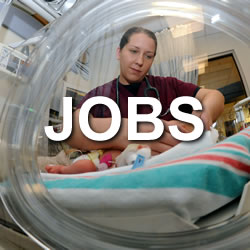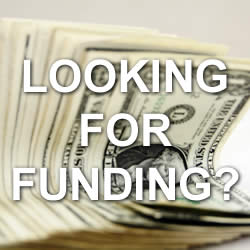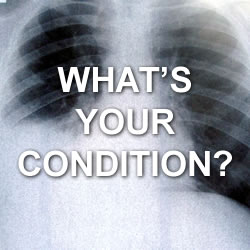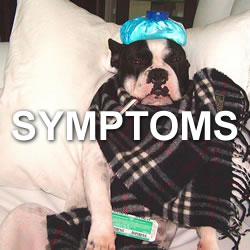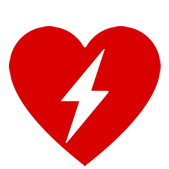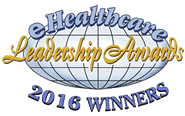ACLS
Emergency Medicine (EM) and the prehospital world are different than many environments in medicine. We get minimal information at the time of patient arrival while at the same time the disease process that is taking place has not quite defined itself - Salim R. Rezaie

image by: Wael Fathalla
HWN Suggests
Beyond ACLS: Cognitively Offloading During a Cardiac Arrest
It takes up quite a bit of mental bandwidth to ensure that CPR is performed well and there is already enough going on during the resuscitation, so is there a way that we can cognitively offload our minds...
Doing high quality uninterrupted CPR is important, but this is not the endpoint of resuscitation. Mechanical CPR is a great way to off load our minds. We now don’t have to focus on the rate of compressions, depth of compressions, interruptions in compressions and instead focus on why our patient has had a CA...
No study to date has shown that the ACLS recommended 1mg epinephrine q3 – 5 minutes improves neurologically intact survival in CA. Maybe a better way would…
Resources
 ACLS and ROSC in the ED: Talitha Cumi
ACLS and ROSC in the ED: Talitha Cumi
Despite its portrayal in Hollywood, the majority of patients do not reach hospital discharge, and even fewer survive with good neurologic outcome. As research continues, clinicians should focus on what has been shown to provide the best possible chance at survival with good neurologic outcome.
2019 ACLS Update
Epinephrine…for now remains 1mg q3 – 5 minutes; just say NO to high-dose epinephrine; and vasopressin is back?!
ACLS Guidelines 2015 – Cardiac Arrest Controversies Part 1
A lot has changed over the years when it comes to managing the adult in cardiac arrest. As a result, survival rates after cardiac arrest have risen steadily over the last decade. With the release of the American Heart Association ACLS Guidelines 2015 online on Oct 16th, while there aren’t a lot a big changes, there are many small but important changes we need to be aware of, and there still remains a lot of controversy
Beyond ACLS: A New Pulseless Electrical Activity Algorithm
Patients with pulseless electrical activity (PEA) account for almost 1/3 of cardiac arrest and even more troublesome is that the survival rate is significantly worse than patients with shockable rhythms. Both the European and American ACLS guidelines stress the importance of quickly finding and addressing the cause of PEA. This is traditionally done with recalling the 5 to 6 H’s and T’s, but during cardiopulmonary resuscitation it is difficult to recall all 13 causes of PEA
Doing More for Patients Often Does No Good
We’ve assumed, for the most part, that advanced life support is better than basic life support — so much so that in most areas where both options are available, advanced life support is almost always used. But a recent study in JAMA Internal Medicine brings this assumption into question.
 Beyond ACLS: Cognitively Offloading During a Cardiac Arrest
Beyond ACLS: Cognitively Offloading During a Cardiac Arrest
It takes up quite a bit of mental bandwidth to ensure that CPR is performed well and there is already enough going on during the resuscitation, so is there a way that we can cognitively offload our minds?
Advanced Cardiovascular Life Support (ACLS) Course
The AHA’s ACLS course builds on the foundation of lifesaving BLS skills, emphasizing the importance of continuous, high-quality CPR. Reflects science and education from the American Heart Association Guidelines Update for CPR and Emergency Cardiovascular Care (ECC).
American Heart Association Guidelines for CPR and ECC
These guidelines are based on the most current and comprehensive review of resuscitation science, systems, protocols, and education.

Introducing Stitches!
Your Path to Meaningful Connections in the World of Health and Medicine
Connect, Collaborate, and Engage!
Coming Soon - Stitches, the innovative chat app from the creators of HWN. Join meaningful conversations on health and medical topics. Share text, images, and videos seamlessly. Connect directly within HWN's topic pages and articles.
